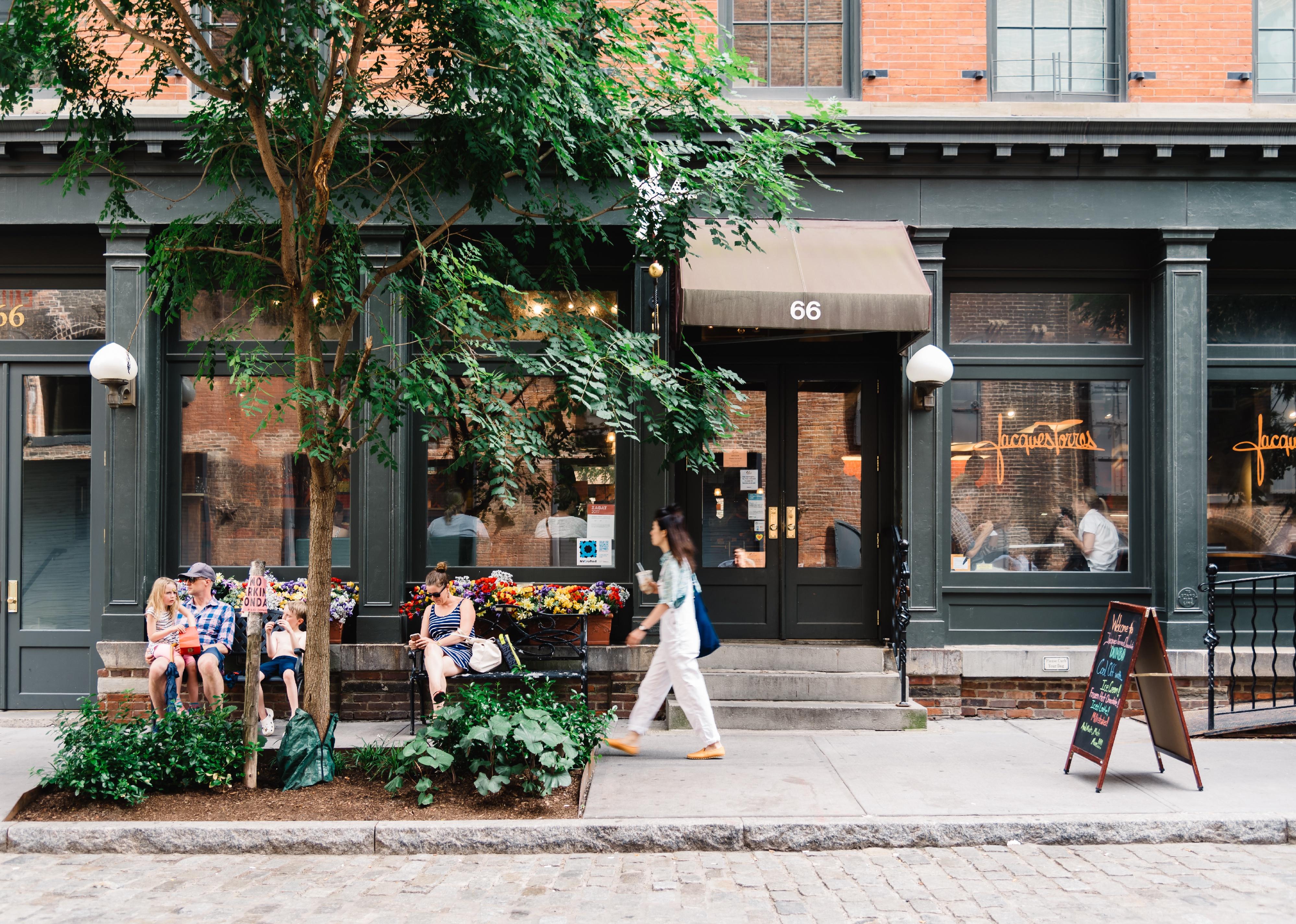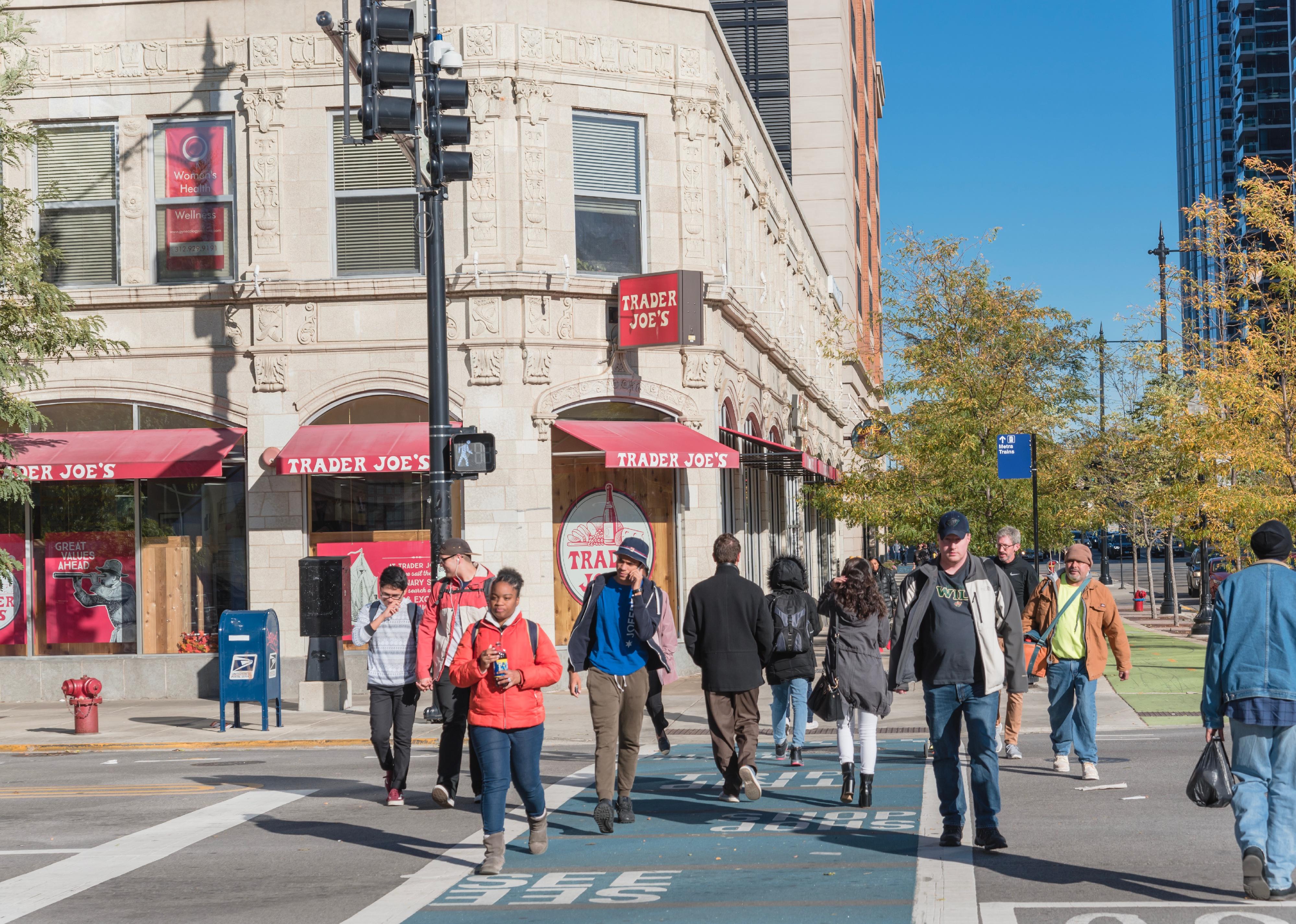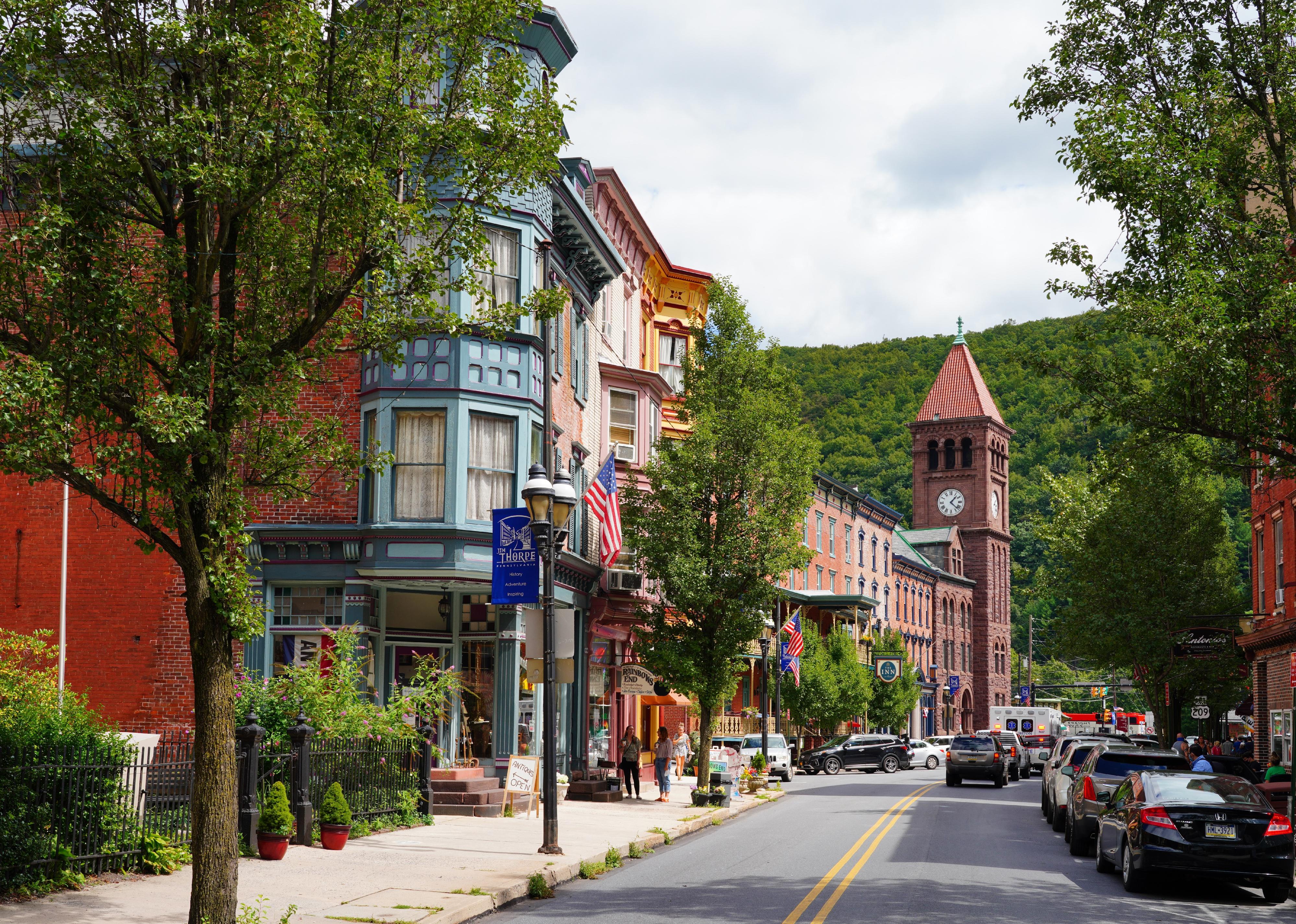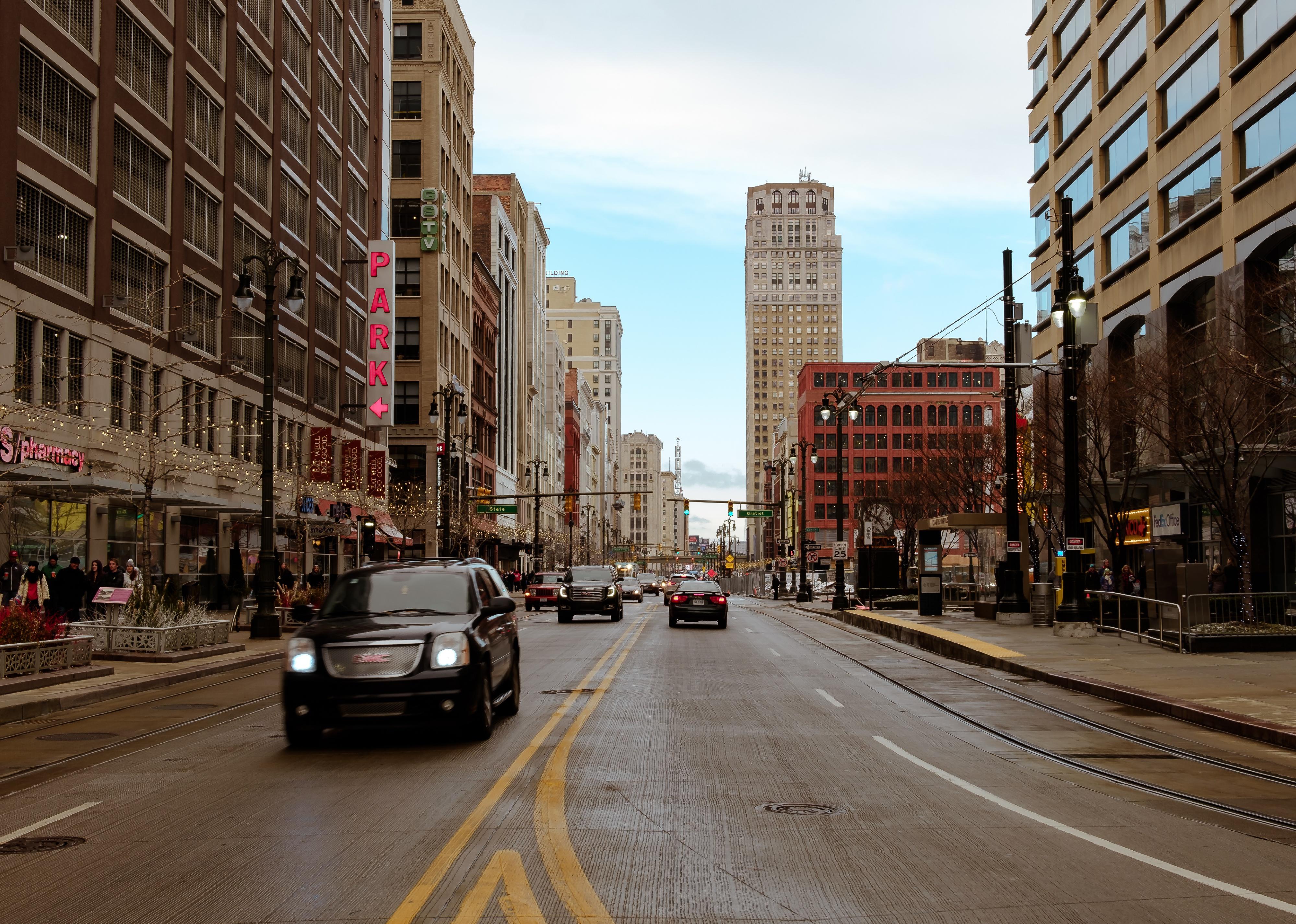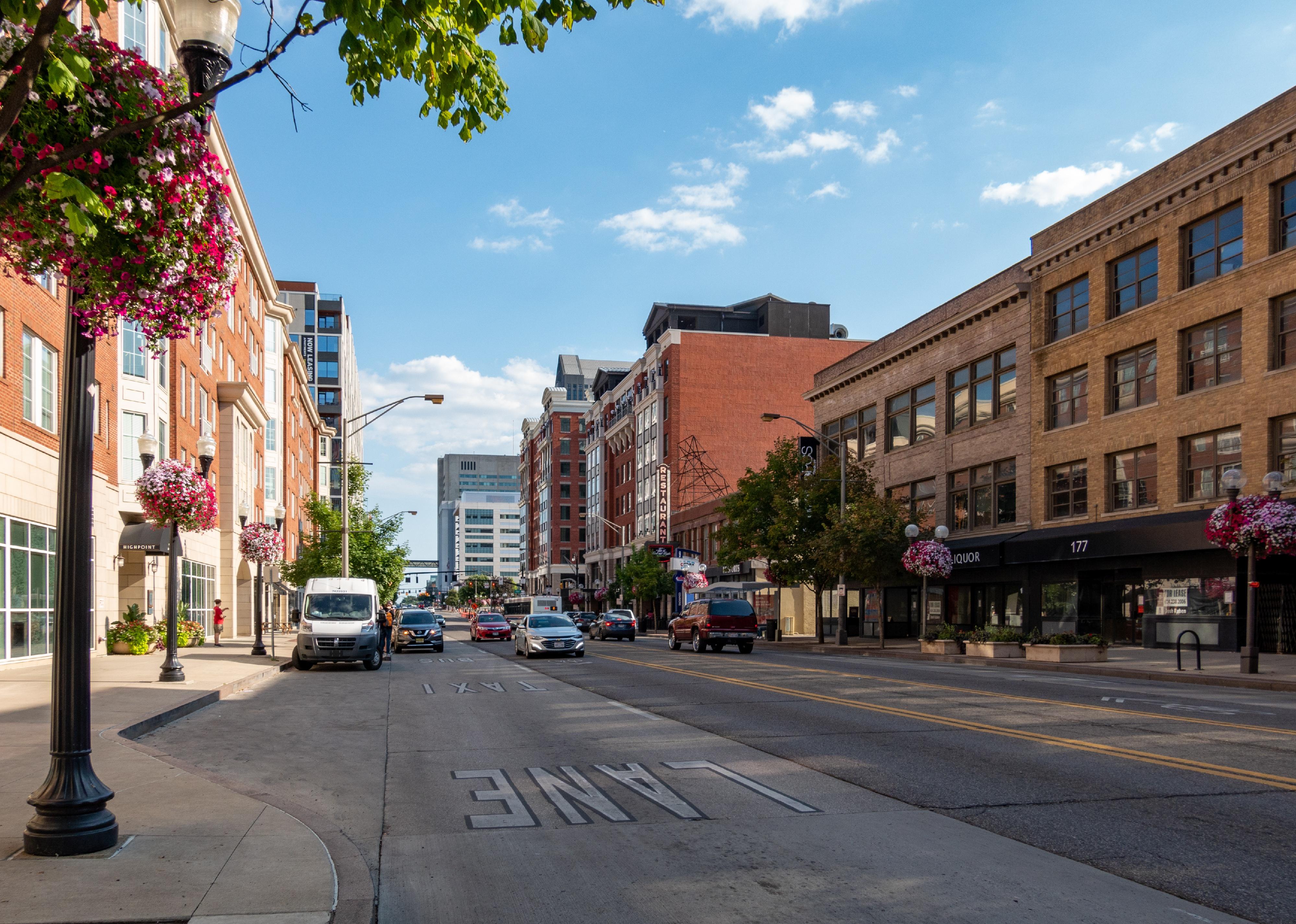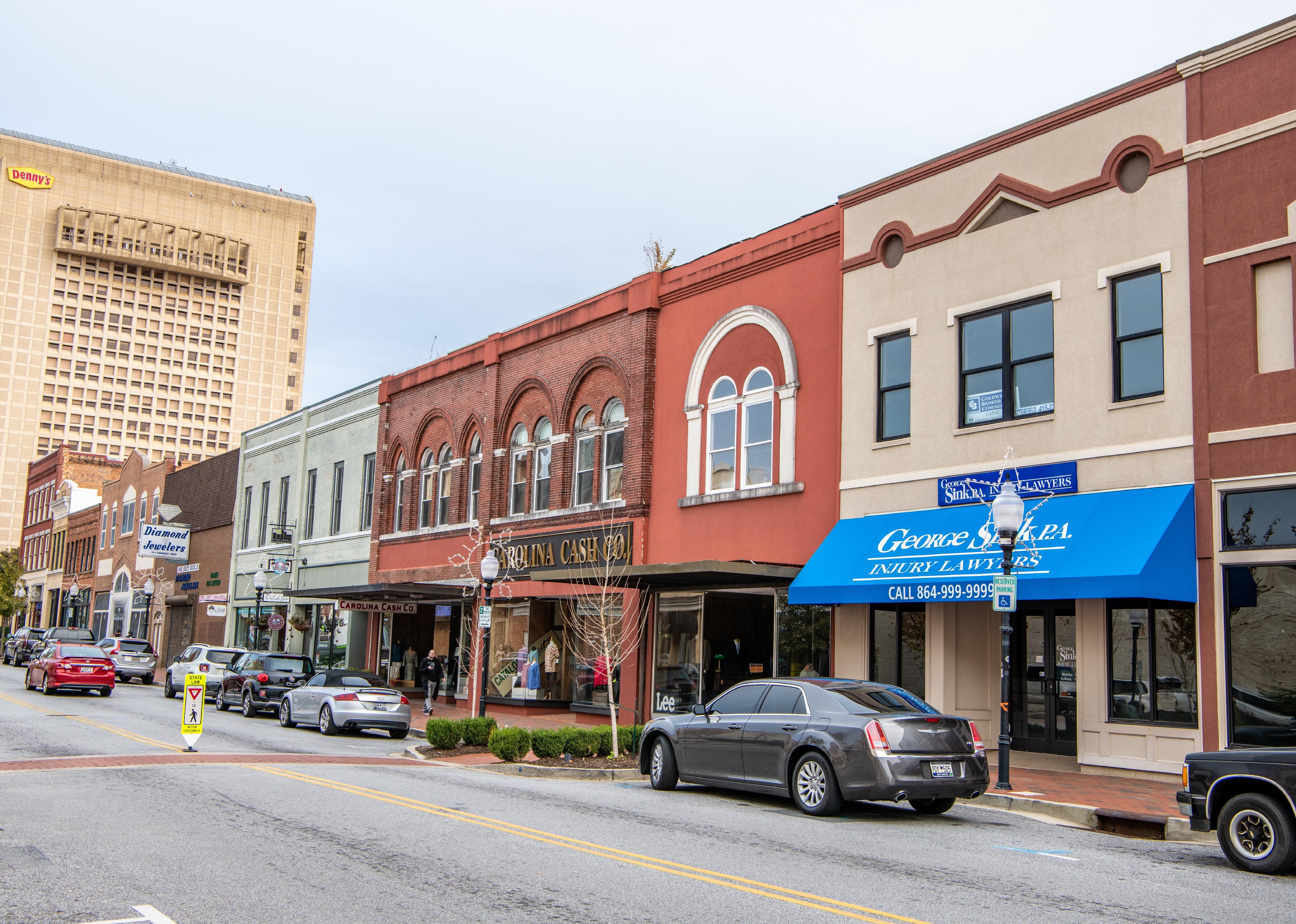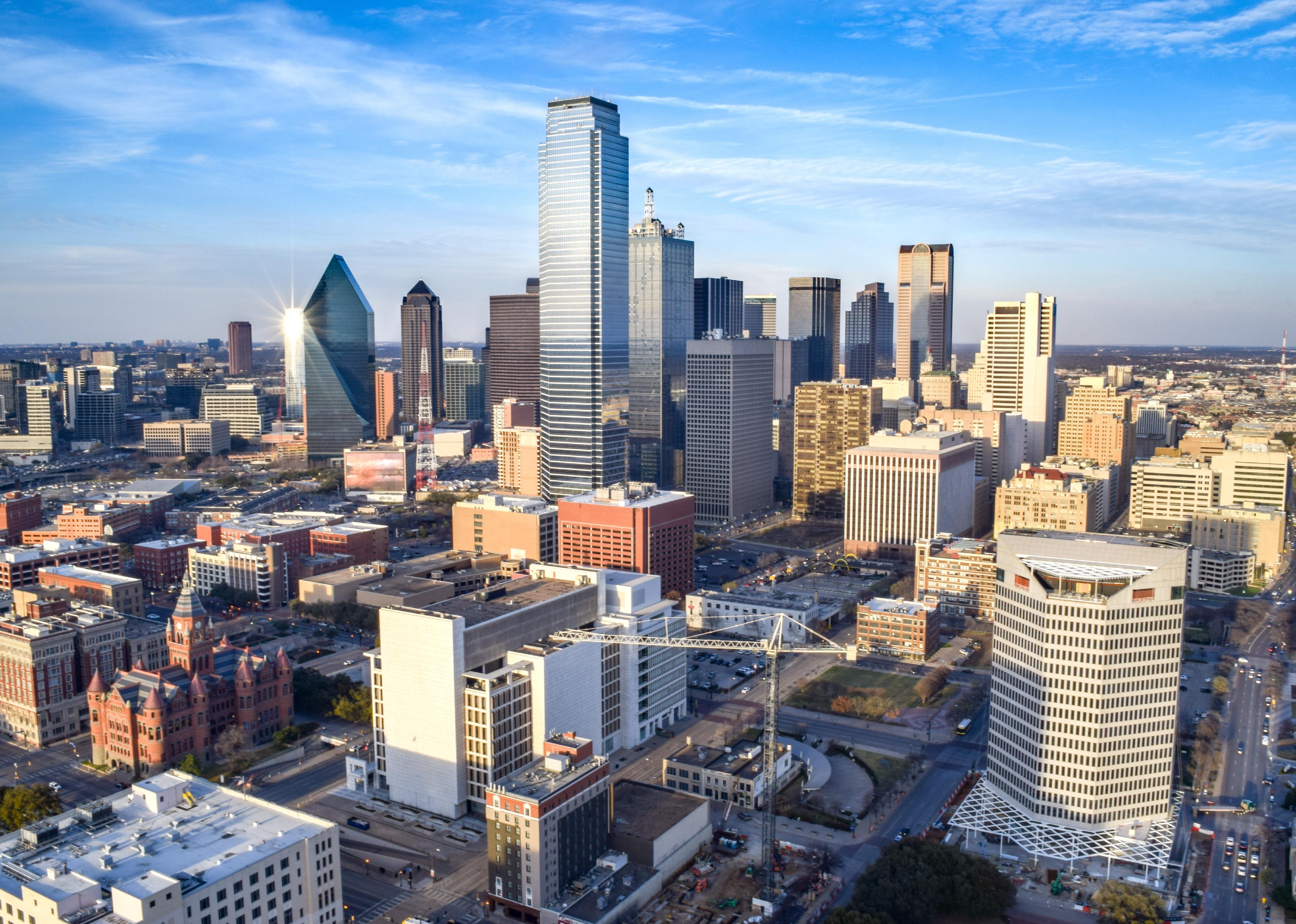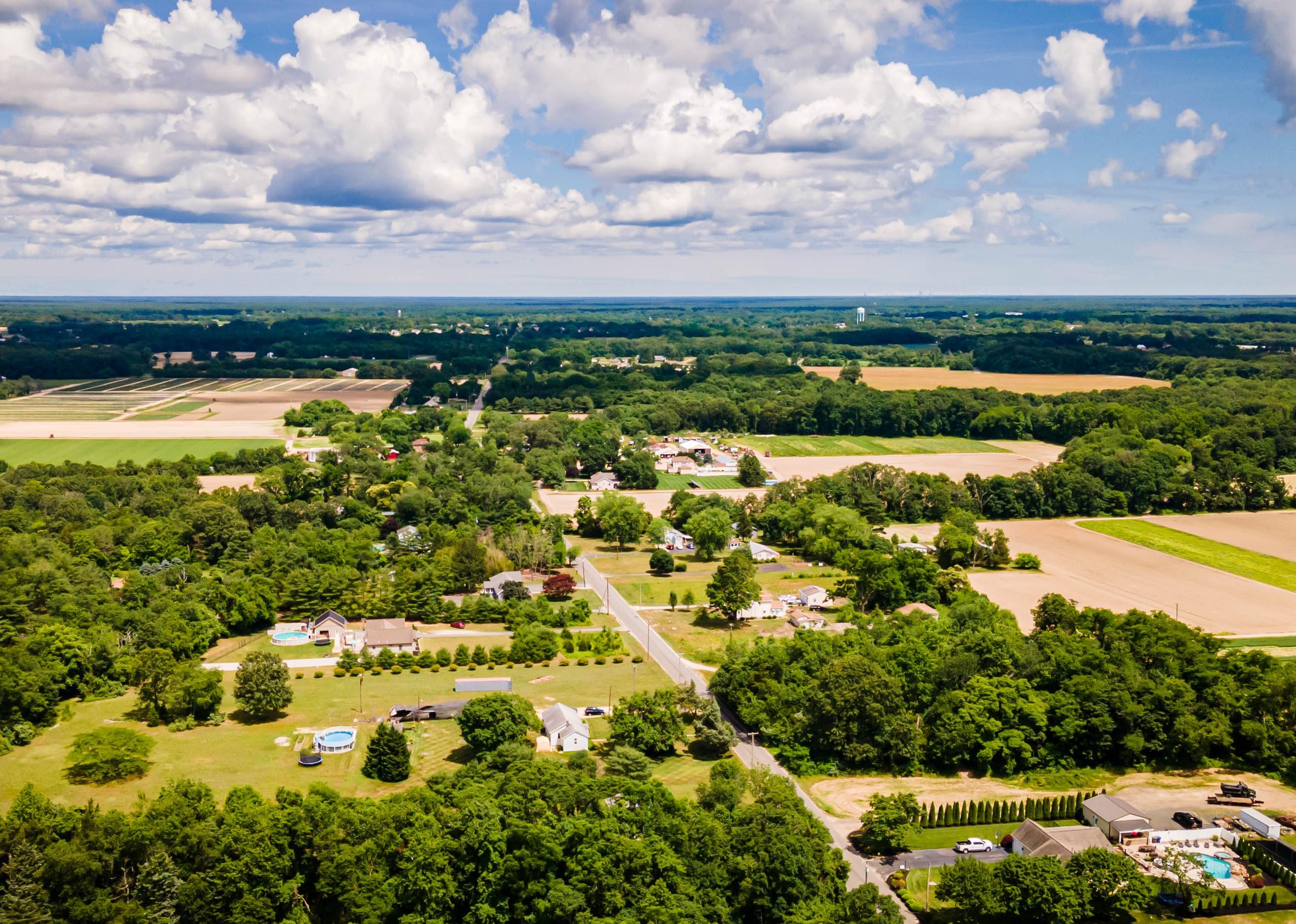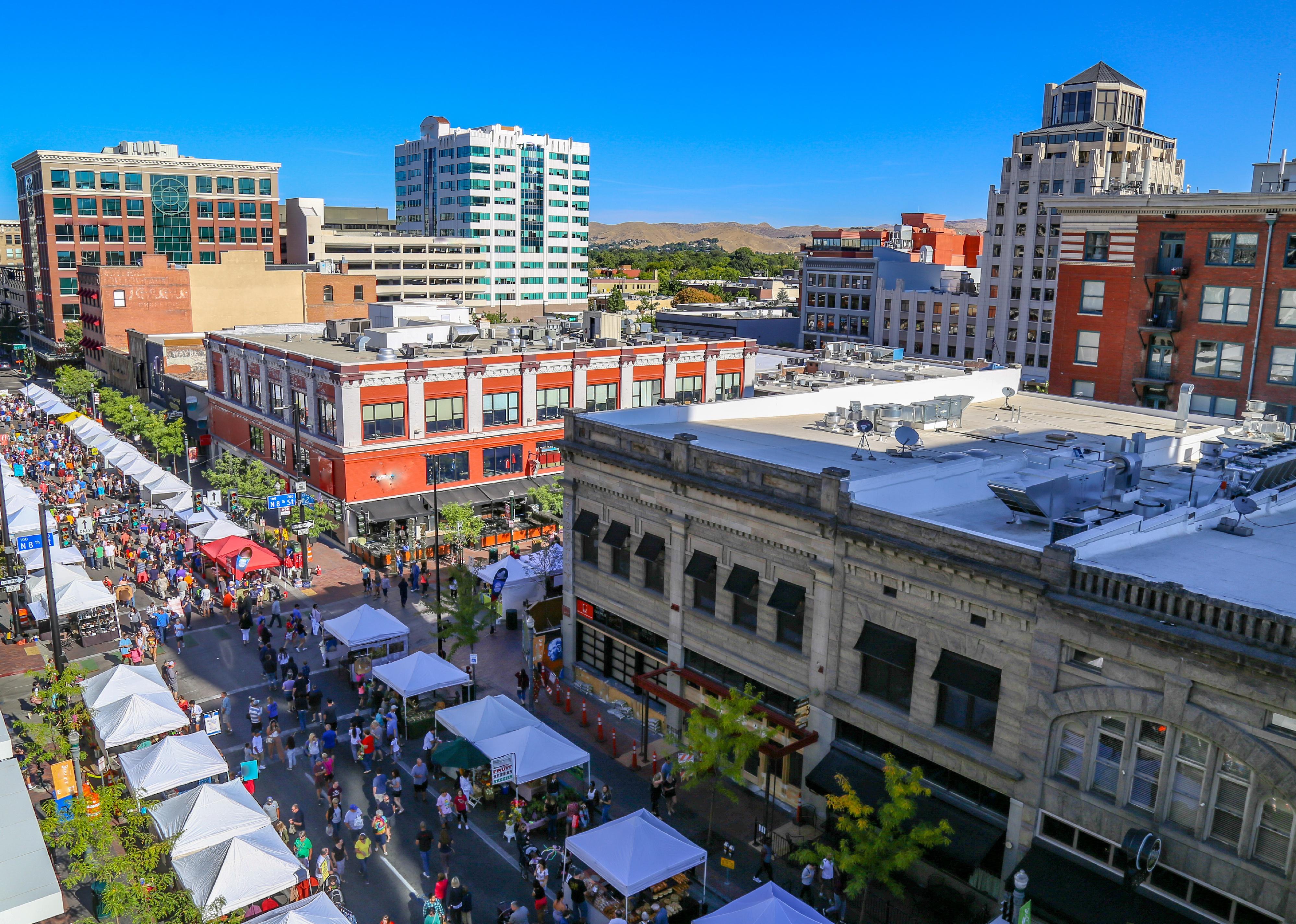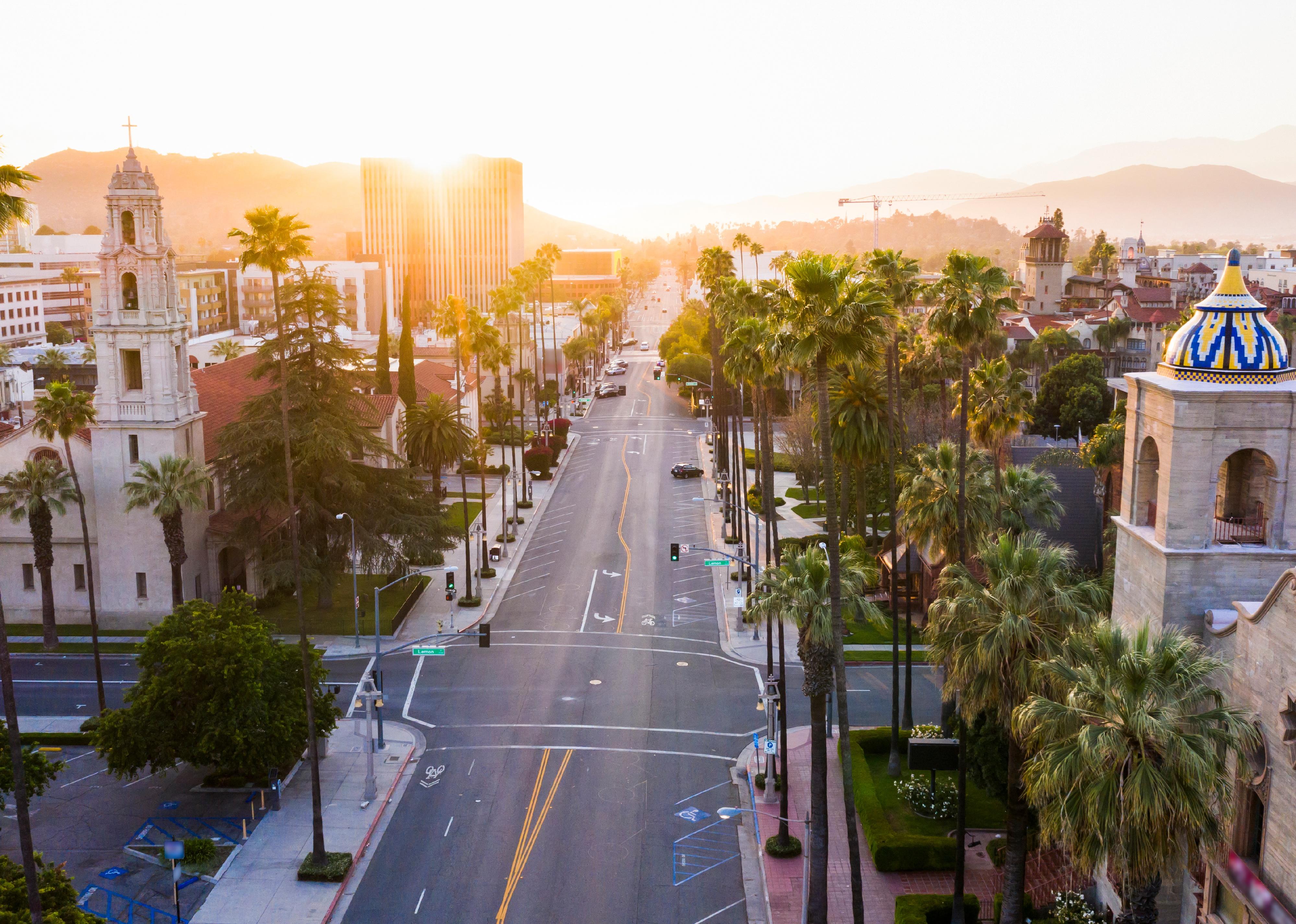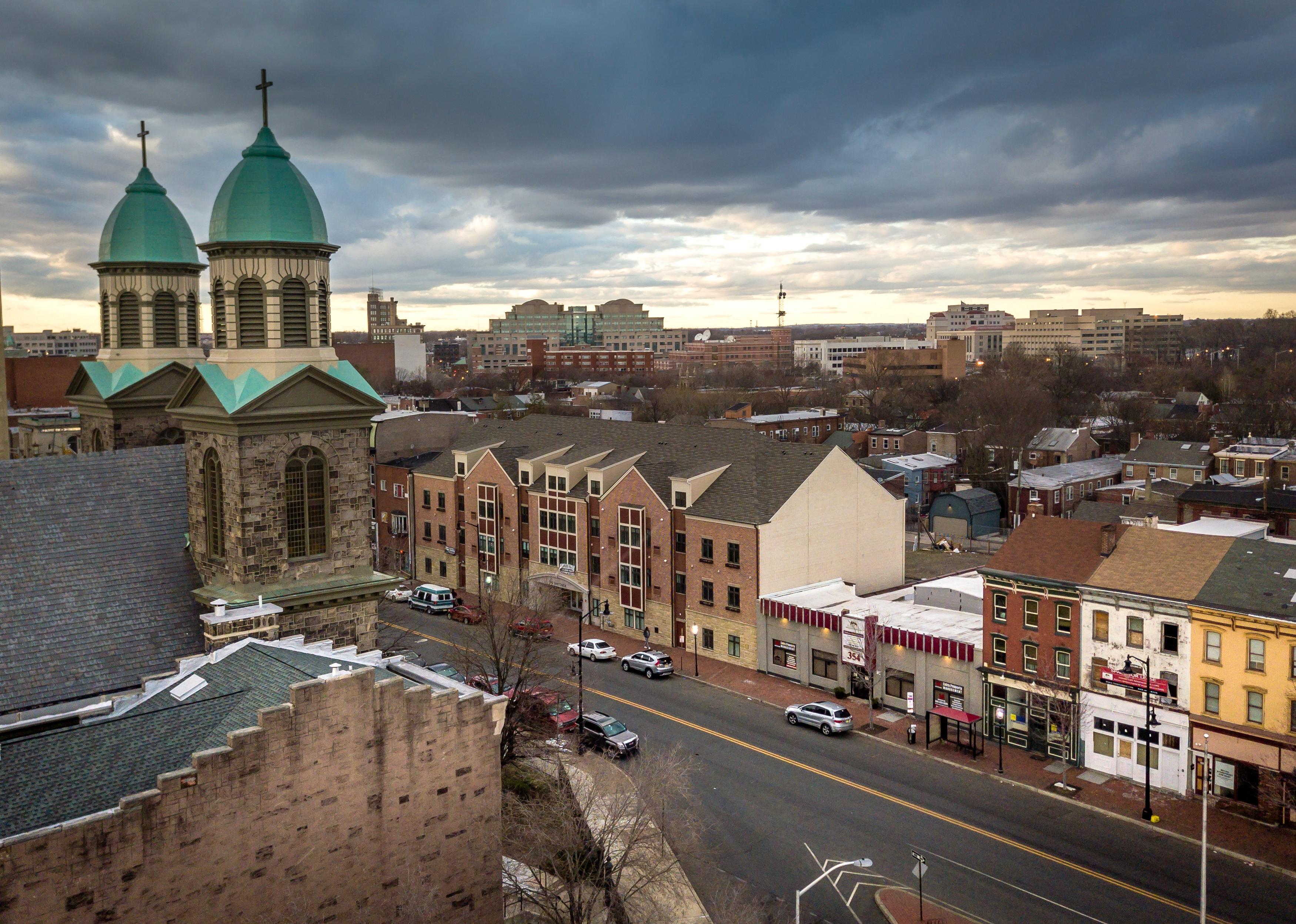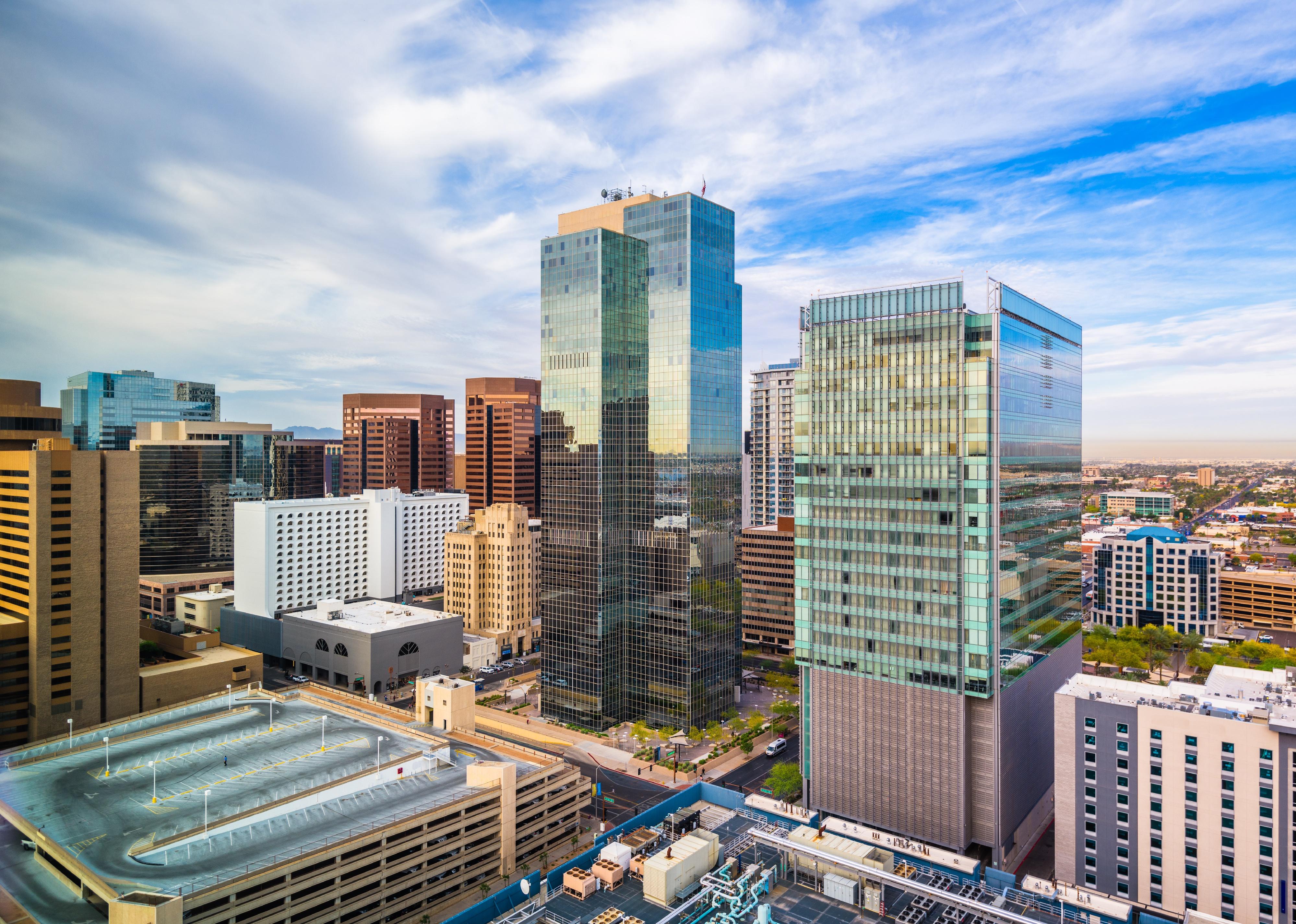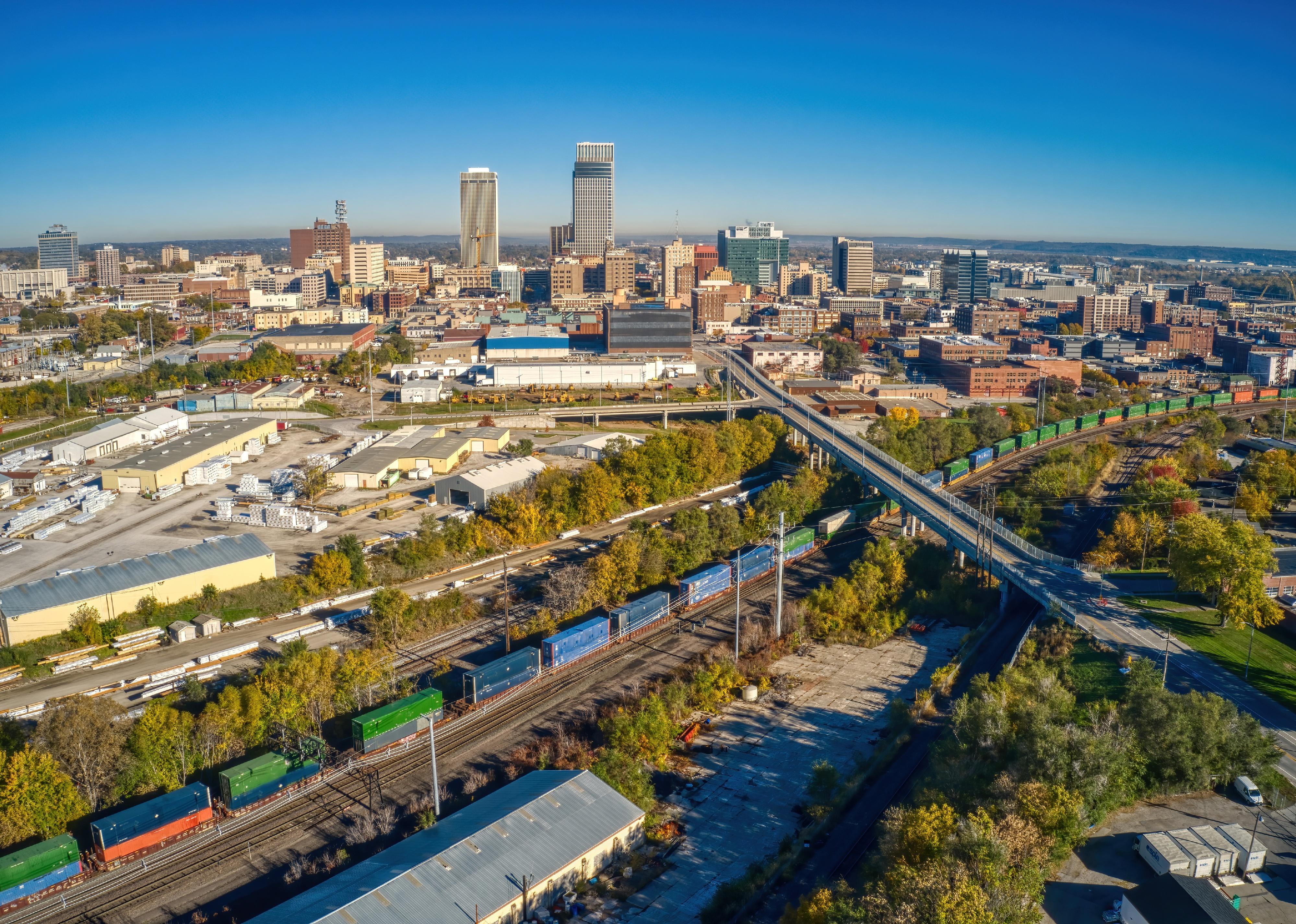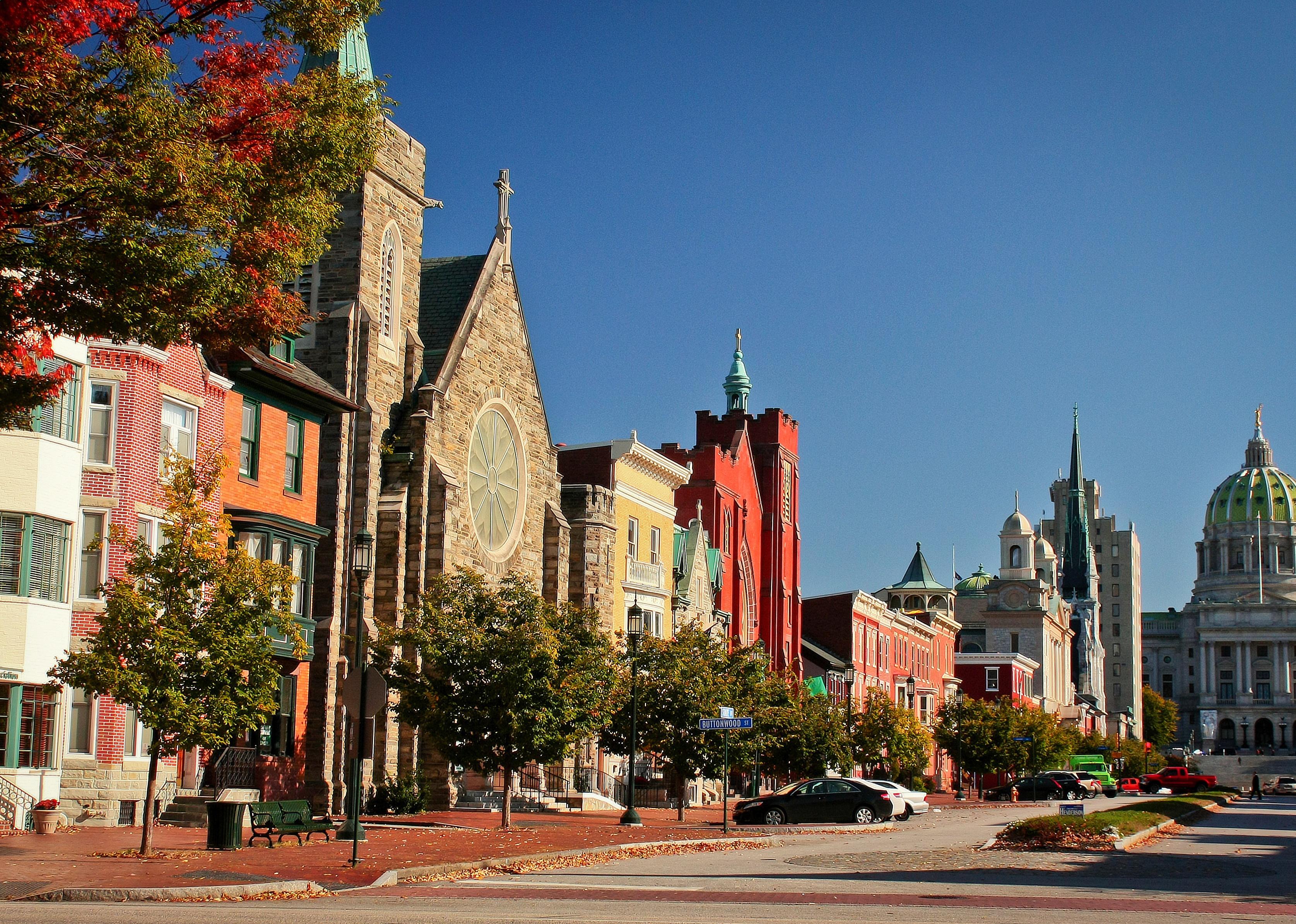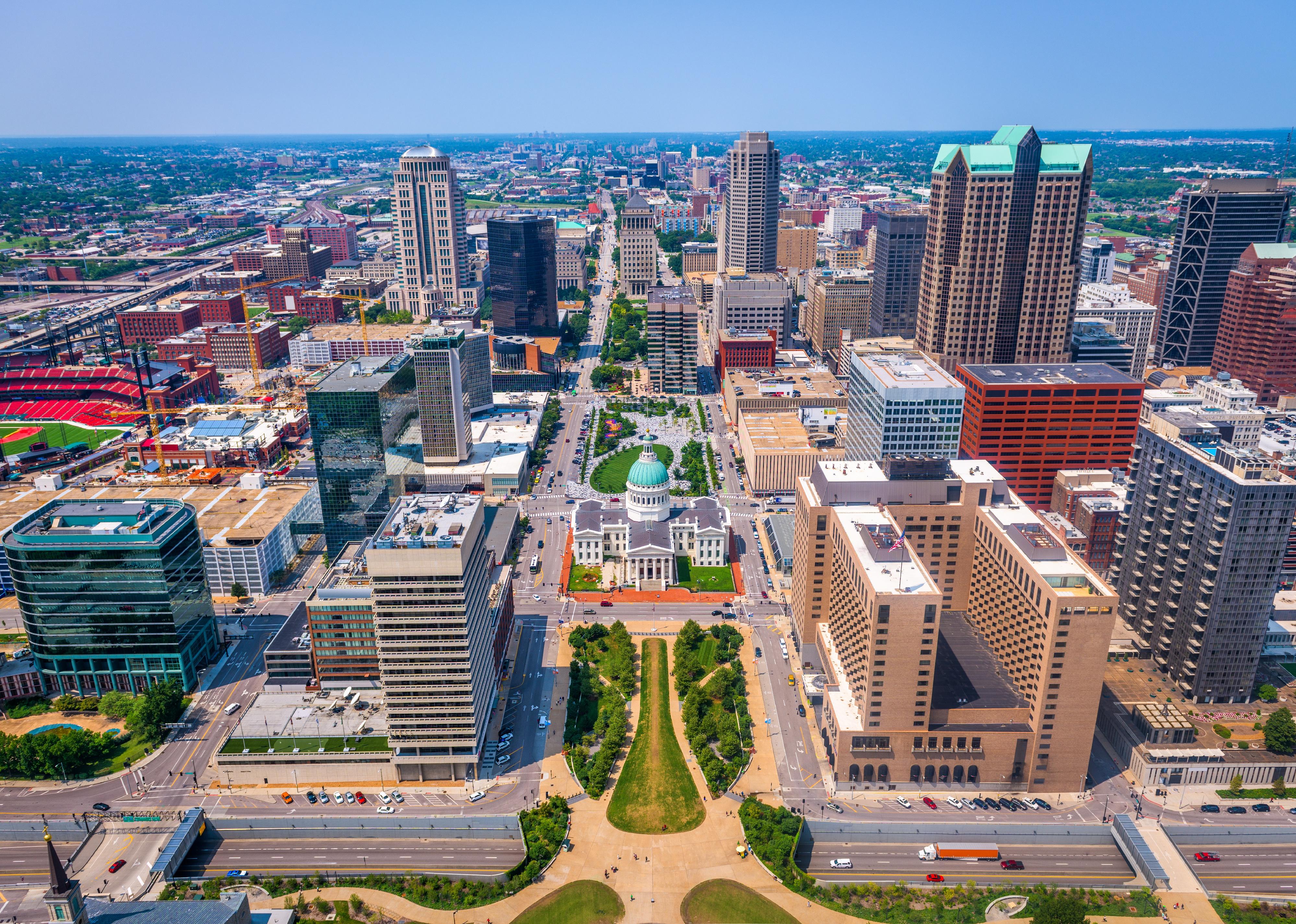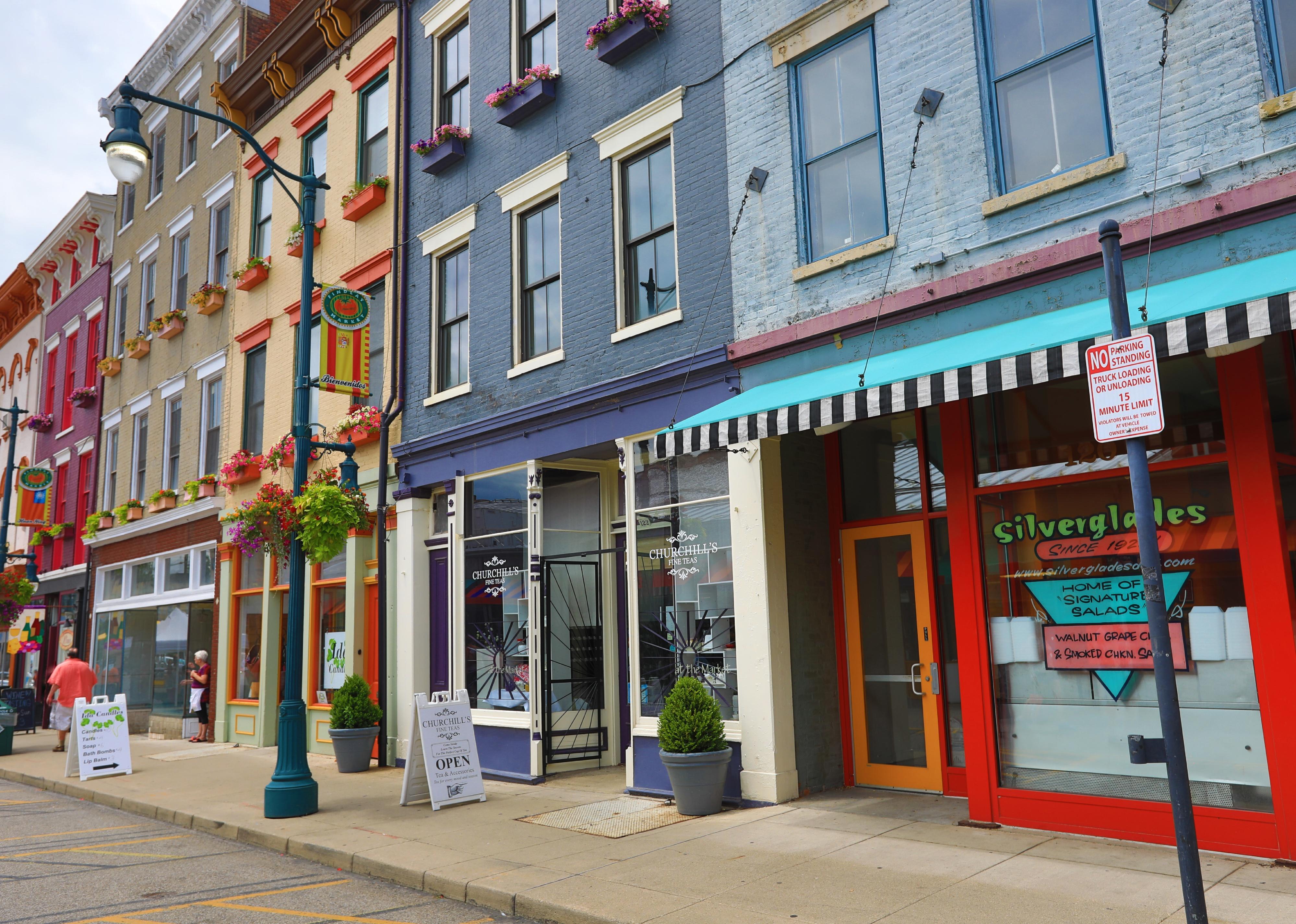Cities with the most opportunity for new retail storefronts
Published 7:30 pm Tuesday, February 28, 2023
JJFarq // Shutterstock
Cities with the most opportunity for new retail storefronts
COVID-19 was supposed to change the way Americans shopped. Experts widely predicted that people’s new habits of purchasing most goods online or using in-store and curbside pickup would remain after the pandemic ended. But two years later, consumers have gone back to in-person shopping.
To find which cities have the most opportunity for new retail locations, Swyft Filings used data from Lee & Associates’ 2022 Market Report to rank cities, creating an index that factors in retail space vacancy, cost, and new space being built. To get its index, this analysis looked at July 2022 to September 2022 data and ranked each of those three measures across 53 cities identified in the report, then averaged the rankings.
Brick-and-mortar retail sales topped $382 billion in August 2022, according to Lee & Associates, almost 25% higher than before COVID-19. In-person Black Friday shopping in 2022 was also up 12% from 2021, according to Mastercard SpendingPulse.
As consumers flock back to stores, retailers are opening more physical locations. U.S. retail space is at its lowest vacancy rate in 15 years, at 4.3%, according to Lee & Associates. This is causing retail rents to rise again—they’ve grown 4.2% annually through the third quarter. Supply levels are also on the rise; there are 61 million square feet of retail space in development, much of which is already leased.
![]()
Trong Nguyen // Shutterstock
#15. Chicago (tie)
– Vacancy rate: 5.8% (#4)
– Market rent: $1.70 per square foot (#18)
– Retail space under construction: 1,201,887 square feet (#42)
Chicago’s vacancy rate may be above the national average, but for the city, it’s at an all-time low.
North Michigan Avenue, one of the city’s major shopping streets, has lost some major retailers and is almost 30% vacant. This has provided opportunities for unique pop-up shops along the Magnificent Mile. Experiential retail, where customers can do more than examine items for sale, has also made a big push in Chicago. For example, Lululemon’s Lincoln Park location allows shoppers to test the Mirror fitness system or do meditation in the store’s designated Quiet Room.
EQRoy // Shutterstock
#15. Lehigh Valley, Pennsylvania (tie)
– Vacancy rate: 5.2% (#13)
– Market rent: $1.32 per square foot (#7)
– Retail space under construction: 82,900 square feet (#44)
Lehigh Valley offers retailers a low barrier to entry, with rents far below the overall U.S. rate of $1.95 per square foot. Nine stores opened at Lehigh Valley Mall in 2022, with at least two more on the way. Multiple mixed-use developments throughout the area are in various stages of government approval that could add dining, grocery, and entertainment options to the valley’s retail scene.
JKPhotogenic // Shutterstock
#14. Detroit
– Vacancy rate: 5.1% (#14)
– Market rent: $1.48 per square foot (#13)
– Retail space under construction: 735,283 square feet (#35)
The retail scene in Detroit is evolving.
Several traditional shopping malls in the metro area are being torn down, with some destined to be replaced by mixed-use development that will put residents closer to retail opportunities.
Meanwhile, a $1.5 billion project called District Detroit—which would incorporate residential, office, hotel, and retail space—aims to reinvigorate downtown. The development, which would include 100,000 square feet of retail space, is still in the planning stages.
CEW // Shutterstock
#12. Columbus, Ohio (tie)
– Vacancy rate: 4.0% (#31)
– Market rent: $1.51 per square foot (#15)
– Retail space under construction: 892,906 square feet (#14)
A slow recovery in workers returning to office buildings poses challenges for the retail market in Columbus. That said, local organizations are finding innovative ways to draw retail customers.
In October 2022, the Columbus Downtown Development Corporation and Columbus Fashion Council partnered to open Common Thread, an incubator hosting new retailers in the downtown area.
Page Light Studios // Shutterstock
#12. Spartanburg, South Carolina (tie)
– Vacancy rate: 4.5% (#22)
– Market rent: $1.06 per square foot (#1)
– Retail space under construction: 67,346 square feet (#37)
Spartanburg’s population grew by 18% between April 2010 and July 2021, which has increased the demand for more retail opportunities in the city. Vacancy rates have fallen in the last year, but an unprecedented amount of commercial development in Greenville County could open up more potential for new storefront space. The area has the lowest rental price per square foot on this list, and developers hope this will attract experiential-based retailers to the area.
Nate Hovee // Shutterstock
#11. Dallas-Fort Worth
– Vacancy rate: 4.8% (#20)
– Market rent: $1.81 per square foot (#24)
– Retail space under construction: 3,309,783 square feet (#15)
With almost 15% population growth since 2010, the Dallas-Fort Worth market has no shortage of retail demand. Supply is increasing—this metro area ranks in the top 10 metros with the most new inventory. That could make room for a lot of growth, as new retail tenants in the area—particularly small businesses—are most interested in stores fewer than 5,000 square feet, according to research firm CoStar.
Nick Vendetta // Shutterstock
#10. Vineland, New Jersey
– Vacancy rate: 6.1% (#2)
– Market rent: $1.18 per square foot (#3)
– Retail space under construction: 0 square feet (#53)
New Jersey’s largest city in terms of land area, Vineland sits in the central southern part of the state and is known as a hub of food processing. New stores have opened up or expanded to additional sites in recent years, but some mall owners have boosted occupancy by redeveloping retail space as fulfillment centers for online orders. Vineland’s historic downtown is part of the city’s redevelopment area and offers many incentives to businesses located there, including small business assistance programs, loans and microloans, and wage credits for hiring locally.
Sean Pavone // Shutterstock
#9. Houston
– Vacancy rate: 5.0% (#16)
– Market rent: $1.84 per square foot (#27)
– Retail space under construction: 4,527,218 square feet (#9)
Houston has made a good recovery from the pandemic in terms of job creation and new retail outlets. Hundreds of stores have opened in the last two years, which has caused the retail vacancy rate to decrease steadily, especially over the last year.
Restaurant concepts have been particularly strong in Houston, where franchises bearing the names of sports greats Tiger Woods and Shaquille O’Neal are joining the scene.
CSNafzger // Shutterstock
#8. Boise, Idaho
– Vacancy rate: 3.6% (#37)
– Market rent: $1.34 per square foot (#8)
– Retail space under construction: 682,454 square feet (#5)
Boise’s population increased during the pandemic, which has boosted the demand for retail stores. Restaurants are in demand, specifically for units with a drive-through, pickup window, or dedicated parking spots for pickup orders. Boise Towne Square, one of the city’s shopping malls, launched a program in 2022 specifically designed to attract Black- and minority-owned businesses.
Matt Gush // Shutterstock
#6. Inland Empire, California (tie)
– Vacancy rate: 6.1% (#2)
– Market rent: $2.06 per square foot (#35)
– Retail space under construction: 1,657,600 square feet (#12)
During the pandemic, shopping centers that had grocery stores did well in the Inland Empire, according to The Real Deal. Now, other types of retail are in demand across the region, which is east of Los Angeles and includes San Bernardino and Riverside counties. This may be partly due to the area’s population growth—it added 47,601 people between 2020 and 2021. Retailers looking to be part of a new development may have trouble finding space: Some new developments are almost fully preleased when construction starts.
FotosForTheFuture // Shutterstock
#6. Trenton, New Jersey (tie)
– Vacancy rate: 5.7% (#5)
– Market rent: $1.73 per square foot (#23)
– Retail space under construction: 121,600 square feet (#21)
Trenton’s retail market isn’t quite as strong as other metro areas in the country. Trenton’s vacancy rate is higher than the U.S. average of 4.3%, which could be on the rise. The metro area’s absorption rate—the difference in the amount of space being used versus being vacated—has been on a downward trajectory for the third quarter of 2022 compared to the same timeframe in 2021.
Sean Pavone // Shutterstock
#5. Phoenix
– Vacancy rate: 5.6% (#7)
– Market rent: $1.84 per square foot (#27)
– Retail space under construction: 2,215,603 square feet (#11)
Vacancy rates in Phoenix have been trending downward, now hitting levels not seen since the Great Recession. Developers are racing to meet demand—over 1.4 million square feet of space will come online by the end of the first quarter of 2023. While many outdoor malls in the city vie for shoppers’ dollars, smaller businesses tend to occupy street-level retail space.
Jacob Boomsma // Shutterstock
#4. Omaha, Nebraska
– Vacancy rate: 5.0% (#16)
– Market rent: $1.26 per square foot (#5)
– Retail space under construction: 310,936 square feet (#23)
Retail space is in high demand in Omaha, which may increase more due to a slowdown in retail construction during the pandemic. The downtown area lost a lot of foot traffic in 2020 and 2021, but it’s starting to show signs of life as more people return to offices. A new streetcar route may provide more retail development opportunities in the downtown area.
Ludmila Ruzickova // Shutterstock
#2. Harrisburg, Pennsylvania (tie)
– Vacancy rate: 5.5% (#9)
– Market rent: $1.36 per square foot (#10)
– Retail space under construction: 166,778 square feet (#24)
In 2022, the retail market in Harrisburg has turned around. The vacancy rate fell nearly a percentage point from the first quarter to the third quarter. Even though retail space is getting harder to find, rents are still low compared to the nationwide rate of $1.95, giving retailers a lower barrier to entry.
Sean Pavone // Shutterstock
#2. St. Louis (tie)
– Vacancy rate: 5.7% (#5)
– Market rent: $1.29 per square foot (#6)
– Retail space under construction: 614,306 square feet (#32)
Vacancy rates in St. Louis have improved from 6% in the first quarter of 2022, and developers are filling long-vacant shopping centers and seeing new possibilities. A new soccer stadium is spurring residential development in downtown St. Louis, which will provide more customers for retail businesses in this neighborhood. Another proposal aims to transform 67 acres along the Mississippi River into a mixed-use development with 30,000 square feet of retail space. This development could get underway in 2023.
aceshot1 // Shutterstock
#1. Cincinnati
– Vacancy rate: 6.4% (#1)
– Market rent: $1.16 per square foot (#2)
– Retail space under construction: 331,708 square feet (#38)
Mixed-use developments prove to be popular locations for retailers in Cincinnati. Construction has picked up again this quarter, although construction costs have been sticking points in buildouts, which have increased from 15% to 30%, according to real estate management firm Colliers. The firm also told Midwest Real Estate News that for retailers with patience, foot traffic is slowly returning to the downtown area.
This story originally appeared on Swyft Filings and was produced and
distributed in partnership with Stacker Studio.


